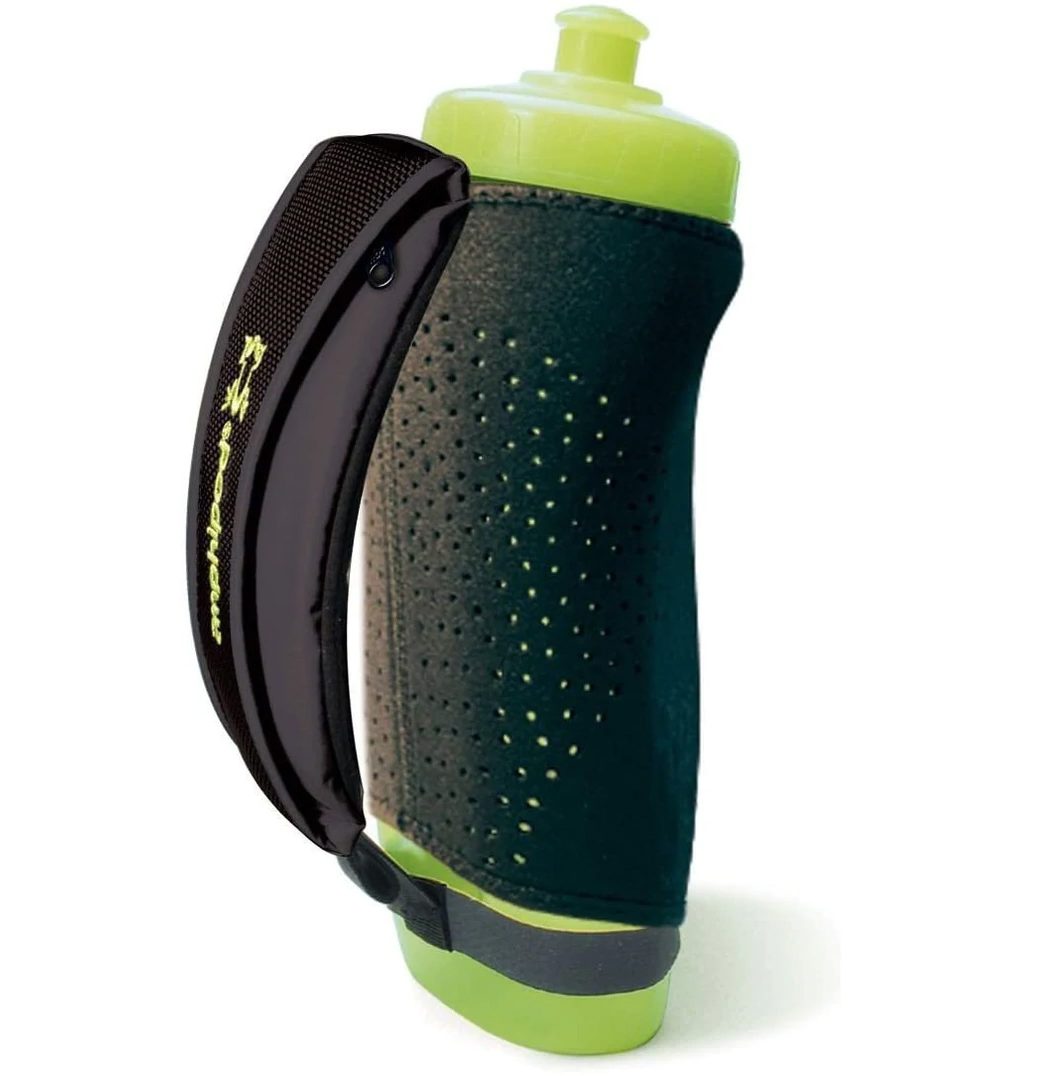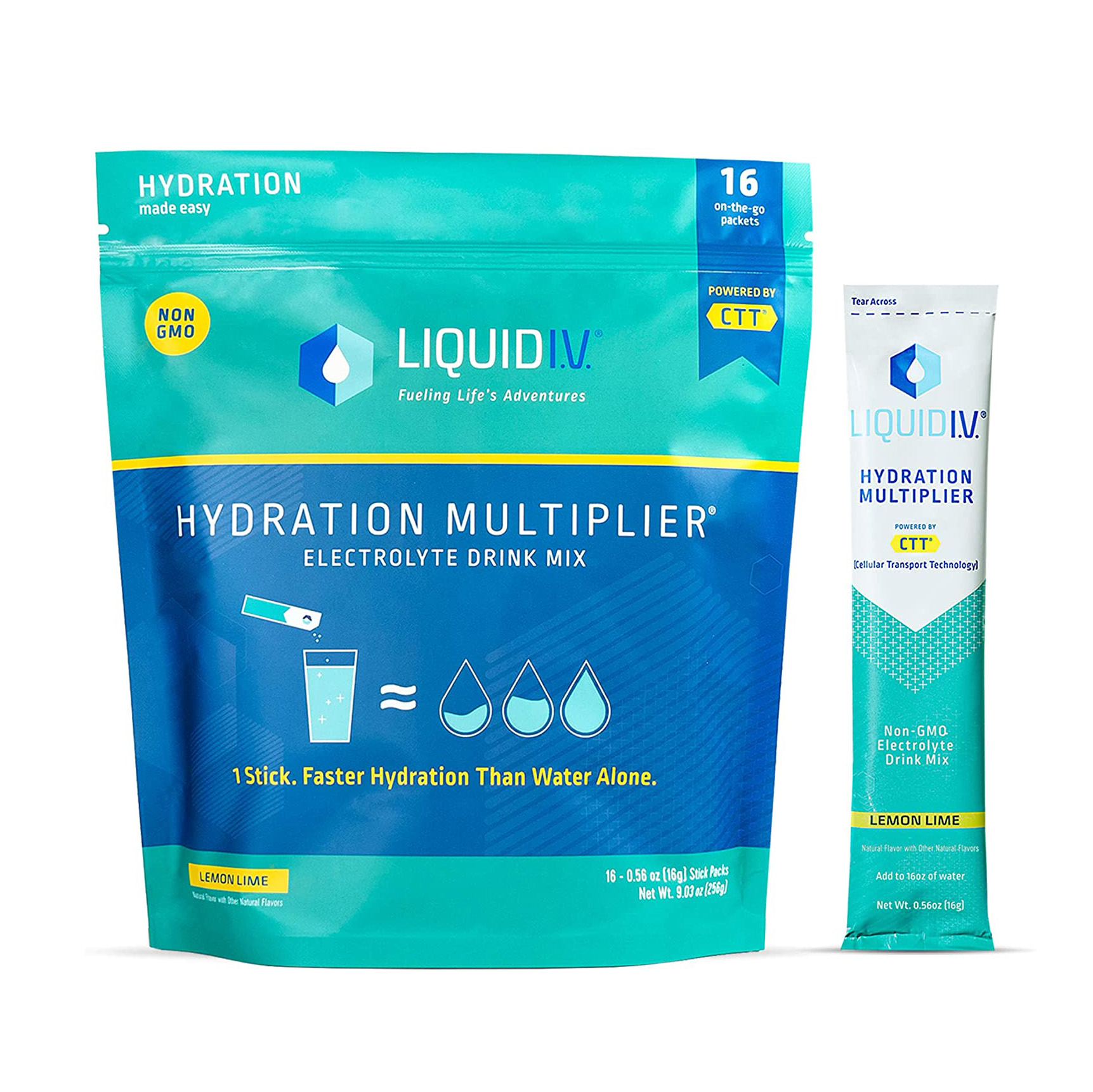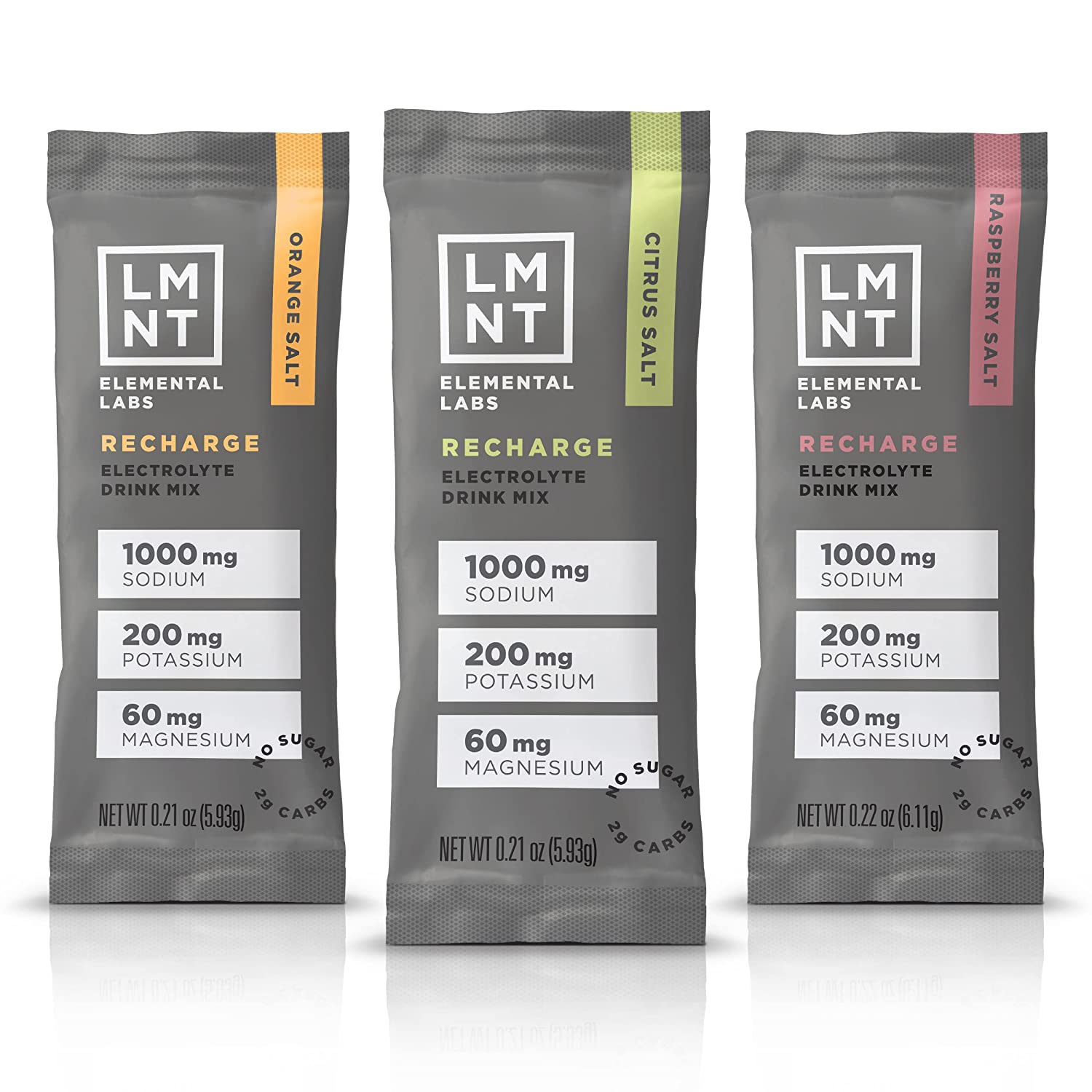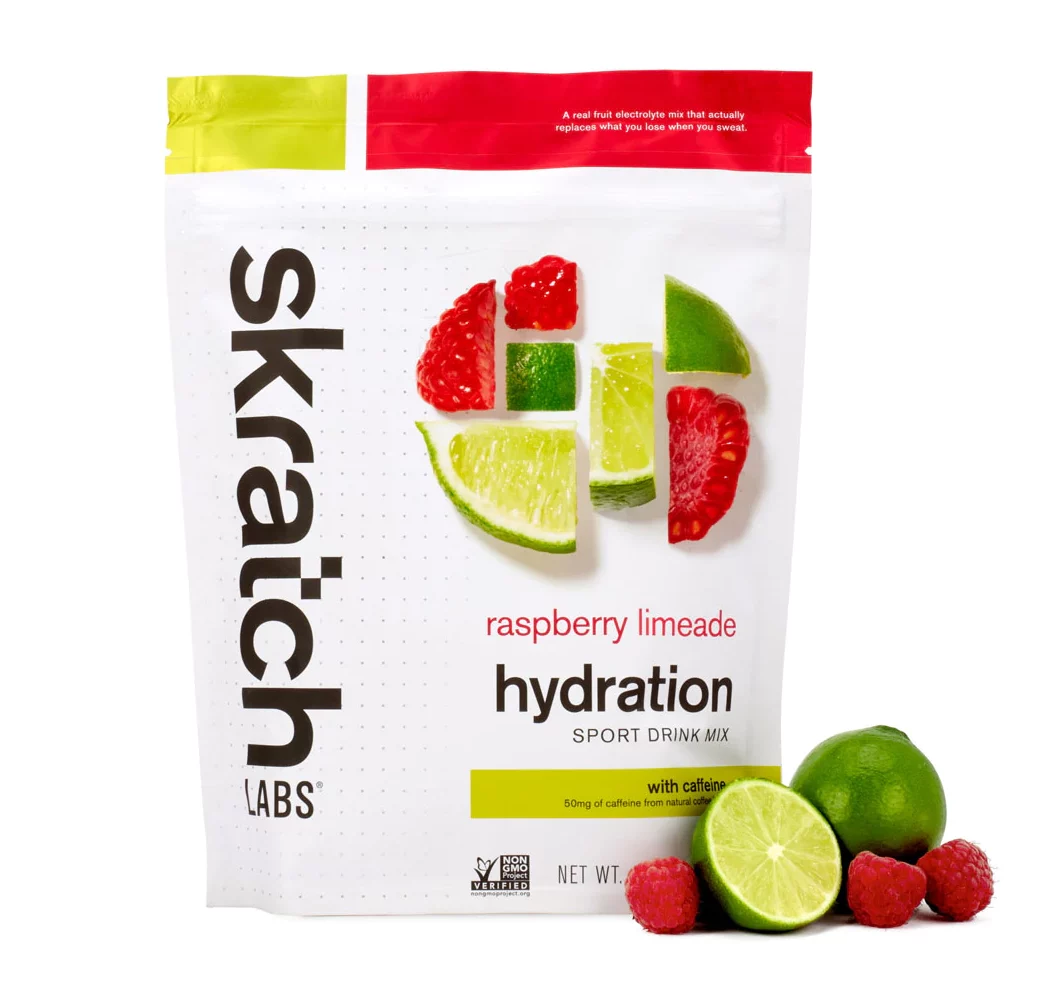Resources
Hydration
Hydration Needs for Runners
There is nothing more personalized in sports nutrition than hydration needs while training. We have great sports nutrition principles for things like macronutrients, timing, and nutrient quantity. But when it comes to hydration, individual sweat rates, sweat composition, weather conditions, and training duration – these make hydration needs highly variable from athlete to athlete & season to season.
Generically, women need 2.2 L of fluid per day and men need 3 L of fluid per day to maintain daily hydration. Plus, we need to replace any sweat losses on top of this intake. Understanding how much we sweat in different environments allows us to stay on top of hydration needs throughout our training. The information on this page and the Sweat Rate Calculator will make sure you are staying on top of your hydration all year long.
Is Dehydration Impacting My Performance?
Chances are every endurance athlete has experienced dehydration which impacted performance at some point in training or racing. Dehydration impacts performance because we have reduced blood volume, increased heart rate, decreased skin & GI blood flow, increased core temperature, and increased rate of muscle glycogen usage.
Symptoms of dehydration while running include decreased performance, inability to hold paces, fatigue, GI distress <stomach sloshing, cramps, diarrhea, nausea>, increased perceived exertion, and muscle cramps.
We often talk about ‘percent dehydration’ when looking at how dehydration impacts performance since total fluid loss impacts smaller and larger runners differently. Older research suggested anything over 2% dehydration decreased performance. However, a review of over 770 marathon runners found an average of 3.8% dehydration at the end of a marathon, with the range of 1.6 – 8% dehydration, with some of the faster runners ending the most dehydrated.
While percent dehydration is interesting, it appears that fluid needs for optimal performance are highly variable and start with understanding our own sweat rate, fluid needs, saltiness, and trial + error by performance.
Know Your Sweat Rate
Sweat rate is how much sweat we lose per hour while training. Sweat rates vary dramatically from person to person, as sweat rate is genetic. Average sweat rates for endurance athletes are 0.5 – 2.5 L/hr. We’ve seen sweat rates range from 0.5 L/hr to 4 L/hr. The difference between these two athletes’ hydration needs is astronomical.
An individual athlete’s sweat rate also varies greatly throughout training related to temperature, humidity, heat acclimation, and clothing. Knowing how much sweat you lose in different conditions throughout your training allows you to create a plan to better manage your hydration to improve performance & recovery.
Your sweat rate will change throughout the year. Test & re-test in different weather to get to know how your sweat rate changes. It will also change in different types of exercise. If you are a multisport athlete, knowing your sweat rate in each sport would be beneficial.
If you like to nerd out like we do, wear the hDrop Hydration Wearable Monitor during a workout, and it will tell you your sweat rate & composition. Use code FeatherstoneNutrition to save 20%.
Calculate Your Sweat Rate
Try our Sweat Rate Calculator below to calculate your individual sweat rate. Read through our tips prior to starting your weigh in & run.
Use this calculator to figure out your sweat rate in various climates <hot & humid vs. cold & dry>, as well as different types of exercise <running vs. biking>. This will be helpful when adjusting your hydration plan for weather and type of exercise.
Sweat Rate Calculator
Tips:
- Weigh in naked before you put your workout clothes on.
- Weigh in after you eat & drink your pre-workout snack.
- Do not eat or use the bathroom between weigh ins.
- If you drink, make sure to capture the exact amount in ounces.
- Take off sweaty clothes, towel off & weigh out. Try to weigh immediately after the workout.
How to Use Your Sweat Rate Data
Once we know how much our body sweats in different conditions, we can adjust the amount of fluid we are drinking before, during, and after training to stay on top of hydration needs. Ideally, we break hydration into before, during, and after.
Before
- Start exercise well hydrated. This means recouping sweat losses from yesterday’s training.
- Drink 16 oz fluid 2 hours before your run. Choose an electrolyte drink over water if you are training >1 hour, it’s warmer than you like to train in, or if you are a heavy or salty sweater.
- If you don’t have 2 hours prior to your run <early morning runner> drink 8 oz within the hour before your run.
- Add an extra 8 oz of fluid 30 minutes before training if your hourly sweat loss is >48 oz per hour.
- If you are a heavy and/or salty sweater, it may be beneficial to hyperhydrate before long runs, hard efforts, or races in the heat. Products like Skratch Hyper Hydration can be helpful. Drink the night before these runs (use code Featherstone25 for 25% off Skratch products).
During
- Most athletes can absorb up to 1L of fluid per hour but carrying & consuming this much fluid is often pretty difficult.
- We will not and do not want to drink as much as we are sweating. We will end up dehydrated, but drinking minimizes the amount of dehydration to control the symptoms.
- Drink 10 – 24 oz of fluid per hour during training over 60 minutes in the heat.
- If your sweat rate is greater than 32 oz per hour, drink 16 – 24 oz of electrolyte drink per hour for training over 60 minutes.
- If your sweat rate is less than 32 oz per hour, drink ½ – ¾ of your losses back per hour. For example, if your sweat rate is 20 oz/hr drink 10 – 15 oz per hour for training over 60 minutes.
- If your training is <60 minutes, carry water or electrolyte drinks if you want.
- In the heat, always drink an electrolyte drink or water with salt supplements for runs over 60 minutes. Drinking plain water is unlikely to meet your needs.
- Find a product you like to carry fluid with your on runs. I use this Amphipod 20 oz handheld and have found it to be the best, most ergonomic handheld for summer running.
After
- Drink 16 – 24 oz of fluid ASAP post-run. Choose water + a salty snack or an electrolyte drink to rehydrate more quickly.
- Drink enough to recoup your sweat losses to fully recover.
- For every 1 pound of body weight, you lose while running <aka 16 oz> you have to drink back 20 oz to replace those sweat losses.
- Next level: add up the fluid you took during your training. Subtract that from your training sweat loss. Drink that back in addition to your daily fluids throughout the day.
- For example, you drank 32 oz fluid over a 2-hour run and your sweat rate in similar weather is 40 oz per hour. You lost 80 oz minus 32 oz drank = 48 oz. You need to drink 48 – 60 oz of fluid to replace losses (in addition to normal daily fluid needs).
- Rehydrate more quickly by drinking fluid with some carbohydrates and sodium. This can be in an electrolyte drink or food.
- Craving salt? Listen to this and salt your food. Salty sweaters need to add additional salt to foods.
Play around with these suggestions. Need more help? Reach out for a 30-minute discussion for a more personalized plan.
Sweat Composition
Sweat rate tells us how much fluid we lose. Sweat composition tells us what we lose in that fluid. Our sweat contains water, sodium, chloride, potassium, and calcium. Sweat composition is genetic and it is fairly consistent throughout your training. Sodium is the electrolyte lost in the greatest amount via sweat. The average athlete loses around 900 mg sodium per liter of sweat, with ranges from 200 mg – 2000 mg per liter reported.
Sodium and chloride are the electrolytes lost in the highest quantities in sweat and account for the detrimental performance outcomes with dehydration. We also lose potassium, magnesium, and calcium in much smaller amounts, however, these electrolyte losses do not hinder performance. This is why we focus on sodium intake before, during, and after training and races.
Just like sweat rate is different from athlete to athlete, sweat composition varies dramatically as well. Understanding personal sweat composition has been a game-changer for many endurance athletes. If you want to dive into this, email us at [email protected], and we can help connect you to a company that can help.
If you like to nerd out like we do, wear the hDrop Hydration Wearable Monitor during a workout, and it will tell you your sweat rate & composition. Use code FeatherstoneNutrition to save 20%.
What if I'm a Salty Sweater?
Have you ever noticed white crusty stains on your clothing or gritty white residue on your skin after training? This is the salt in your sweat drying as the sweat evaporates. As your sweat dries, if you notice minimal salt on your skin and clothes you likely have a low sodium concentration in your sweat. If you notice some salt on your skin and clothes, you likely have an average sodium concentration in your sweat. If you see very noticeable lines on your clothing and skin, you likely have a very high sodium concentration in your sweat.
Salty sweaters may experience GI issues, cramping, decrease in performance, and intolerance to training in the heat more easily than peers.
Other signs, along with salty streaks, that indicate you may have a high sodium loss in sweat are frequent muscle cramps after heavy sweating, intolerance to training in the heat or feeling awful after, dizziness or lightheadedness at the end of training, your sweat stings your face and eyes, and cravings for salt.
The CDC recommends that we eat less than 2300 mg sodium per day. A salty sweater loses this in an hour of running. As you can see, salty or heavy sweaters may need to add significantly more sodium into their day when training. It’s not uncommon for a heavy, salty sweater to need 2 – 4x the daily recommended amount of sodium. Add salt to your food. Try higher sodium electrolyte drinks. Choose saltier foods. And notice how you feel and recover.
Salty sweaters training in the heat can benefit from taking a very high sodium supplement the night before big workouts and long workouts to hyperhydrate. This means our body holds onto extra sodium and fluid to act as a buffer to our hydration when we begin sweating in our next training session.
Need More Help?
Schedule a 30-minute session to talk through your sweat rate, hydration needs, products to use and create a training and/or race day plan. Apply here.
Recommended Hydration Products
Skratch Labs Sport Hydration is a higher sodium electrolyte drink for during workouts, packing 380 mg sodium per serving. Try carrying this in a handheld on runs in the summer. If you are a heavy sweater, you may benefit from adding a high sodium drink the night before a big workout, long run, or race in the heat. Skratch HyperHydration will do the trick. Like to run with water but need more sodium? Try Skratch Clear which isn’t sweet but packs the sodium.
Use code Featherstone25 for 25% off any Skratch orders.
If we are having trouble drinking enough fluid to rehydrate post-workout, drinking something with flavor and sodium can help. Many options out there, but many of us are really enjoying all the LiquidIV flavors. Personally, I like adding them to 32 oz of water instead of 16 oz as suggested.
Use code FeatherstoneNutrition on Liquid IV orders to save 25%.
Another option for hydration products with several flavors is UCAN hydrate.
Click the link above for 15% off your order.
Featherstone Nutrition will only ever recommend products that Meghann trusts & uses. Featherstone Nutrition may receive a commission from products purchased via links on this page.










